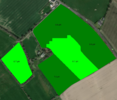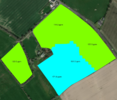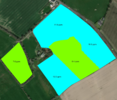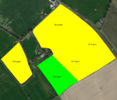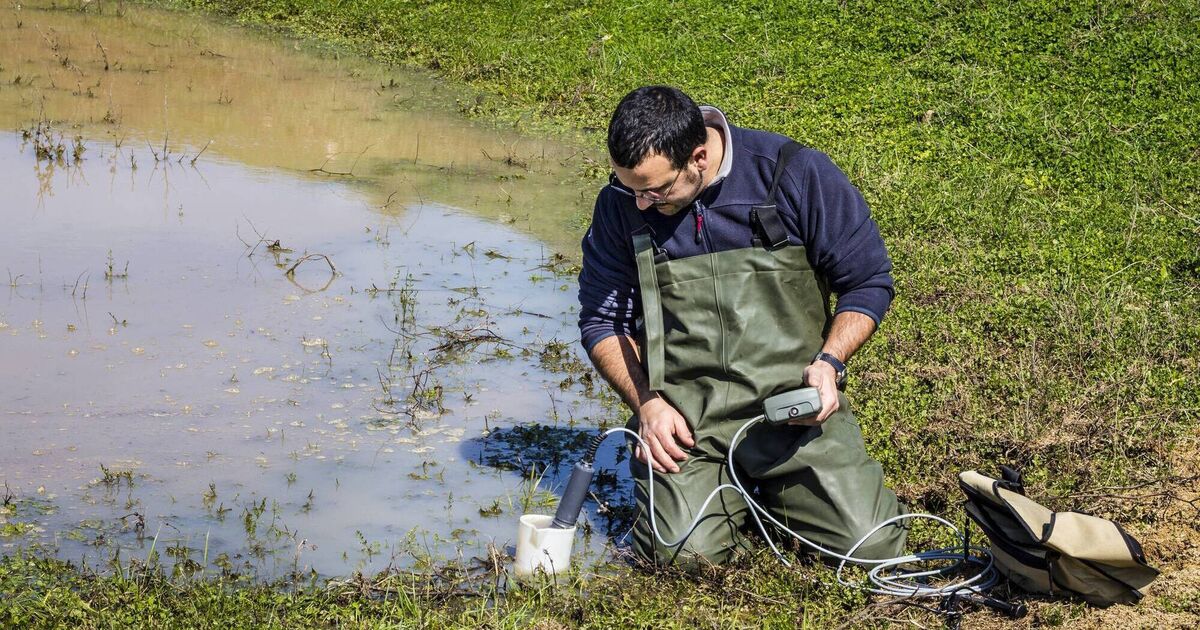Basically the total farmed area here has been tested on a 1 test per Ha basis and started going back around doing it all on a 2 ha basis.
I moved from Bretts as I didn't rate their advise and didn't like their testing method, I moved to a colleague of
@CORK, Paul Ward,
http://www.farmtechsolutions.ie/
It is dear but I find it worth while, it cost about €19ha including comprehensive trace element tests.
Customer GONE
CARLOW
Distributor FARMTECH SOLUTIONS
GIBBSTOWN
NAVAN
CO MEATH
IRELAND
Sample Ref BOGGIN HILL BIG 17 Date Received 05/10/2020 ( Date Issued: 07/10/2020 )
Sample No IR013586/07
Crop BARLEY
Analysis Result Guideline Interpretation Comments
pH 6.9 6.5 Medium Adequate level.
Phosphorus Morgans
(ppm)
10.5 (Index 4) Nil required.
Potassium Morgans (ppm) 122 (Index 3) 85 kg/ha ( 68 units/acre ) Potassium (K).
Magnesium Morgans
(ppm)
32 101 Low (Index 2) Treatment recommended.
Calcium (ppm) 1788 1600 Medium Adequate level.
Sulphur (ppm) 6 10 Low CONSIDER TREATMENT.
Manganese (ppm) 32 65 Very Low TREATMENT RECOMMENDED.
Copper (ppm) 3.9 4.1 Slightly Low TREATMENT RECOMMENDED.
Boron (ppm) 1.10 1.60 Low CONSIDER TREATMENT.
Zinc (ppm) 4.0 4.1 Slightly Low TREATMENT RECOMMENDED.
Molybdenum (ppm) 0.04 0.40 Very Low Low priority on this crop. Other crops may be affected.
Iron (ppm) 533 50 Medium Adequate level.
Sodium (ppm) 23 90 Very Low Not a problem for this crop.
C.E.C. (meq/100g) 10.6 15.0 Slightly Low Cation Exchange Capacity indicates a slightly low nutrient
holding ability - soil applied nutrients could be readily
leached. Where possible foliar applied nutrients should be
recommended

